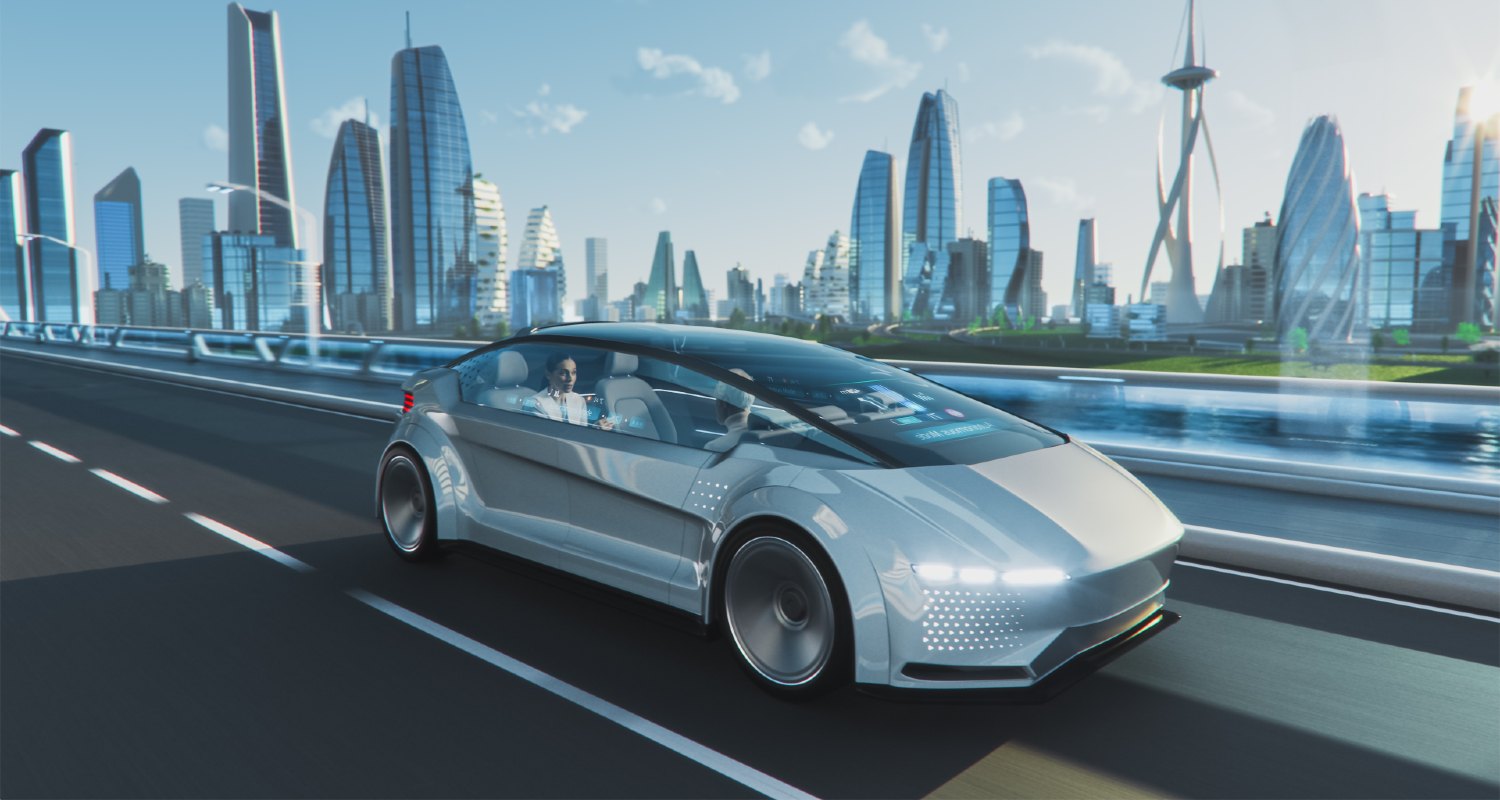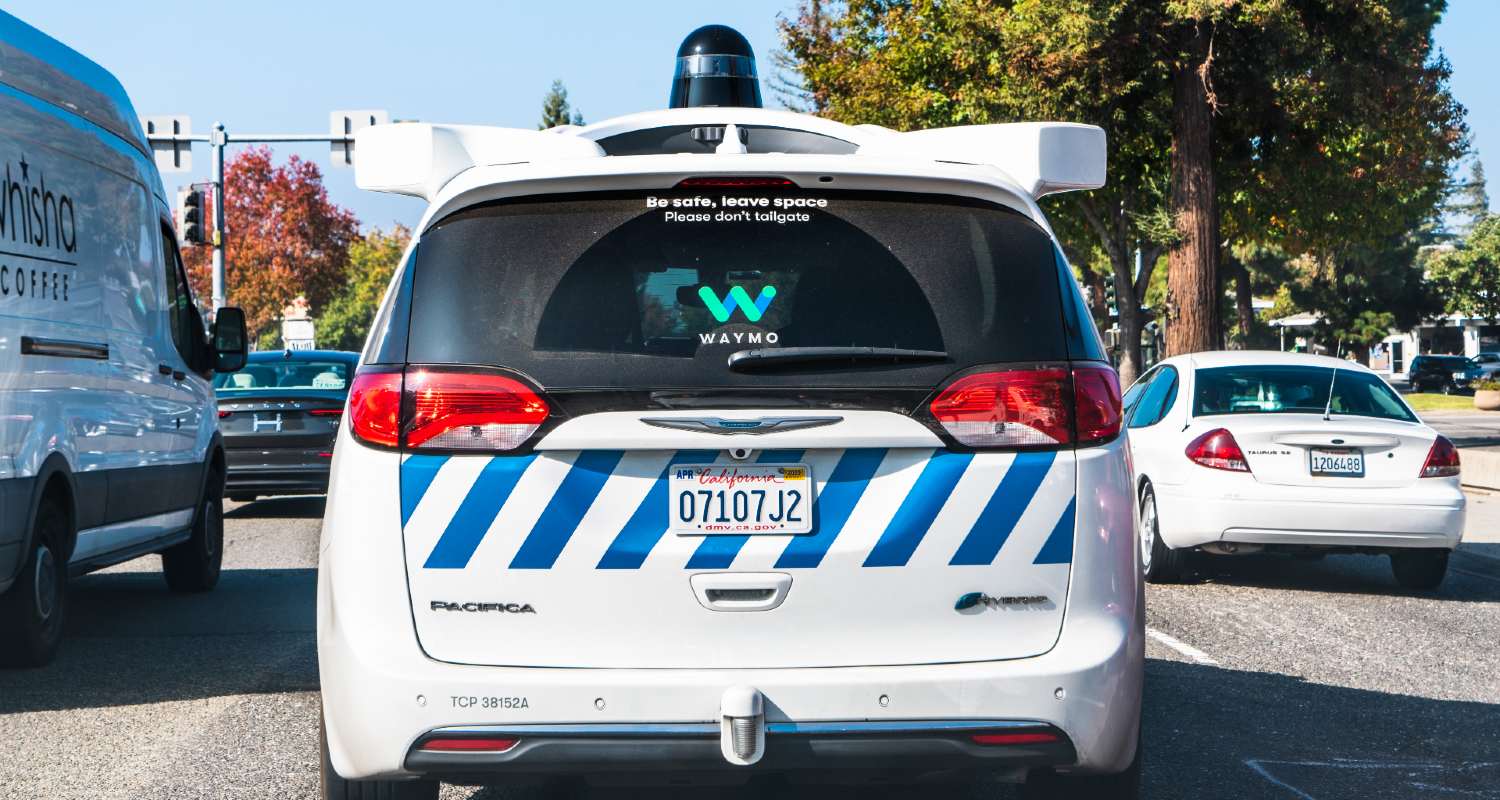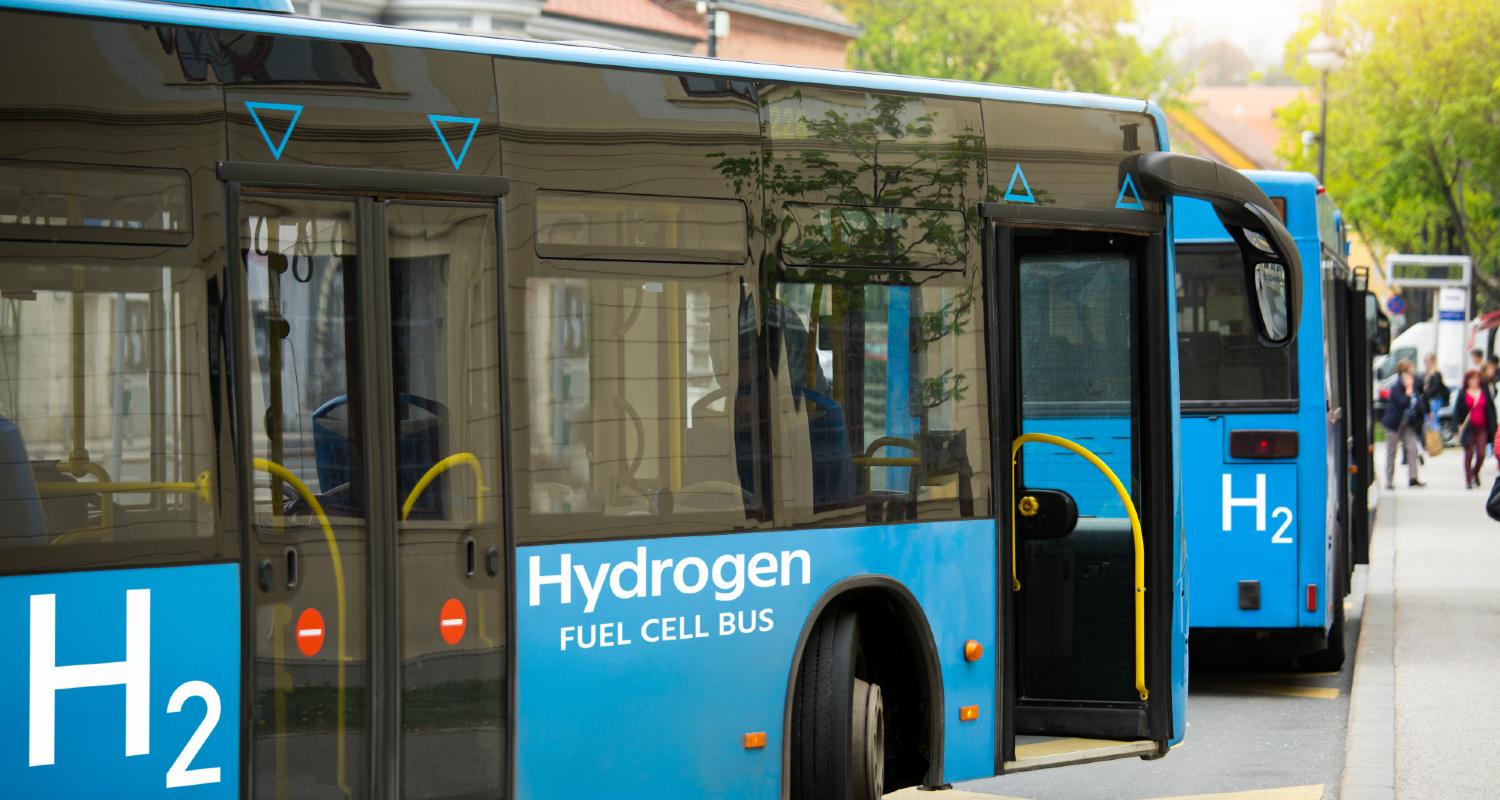
Challenges facing the cars of the future
Challenges facing the cars of the future
This is how close (or far) we are to our favorite sci-fi cars
Full car autonomy is still a long way off, but waste-to-energy propulsion is already a reality, and hydrogen is just around the corner. However, today's technological goals are very different from 30 years ago.
"Kitt, I need you buddy..." was the call for the fully autonomous car to help its owner, Michael Knight. In 'Blade Runner' the cars took off and flew the highways of the sky. The Delorean in 'Back to the Future' ran on banana skins and leftover beer, and the Batmobile went at lightning speed. A few years later, and we're wondering if these futuristic cars have become a reality. The answer is yes and no.
Challenges and keys to the cars of the future for more sustainable mobility
Challenges and keys to the cars of the future for more sustainable mobility
Let's start with autonomy. Kitt was a car with an artificial intelligence (AI) 'brain' taken to the extreme, capable of thinking and making decisions on its own. An autonomous car is one that has computer systems that mimic people when driving and is aware of its environment. To do so, it uses technologies such as radar, lasers, computed tomography, guidance systems, and mapping information.
This system is connected to the cloud and makes it possible to predict future situations thanks to machine learning. There are six degrees of autonomy, according to the Society of Automotive Engineers (SAE), ranging from zero, which requires a human for absolutely everything, to five, where the vehicle can drive itself and the human only chooses the destination. We are currently between level two and three. The idea of going to sleep in the car and it drive itself is still a long way off," explains Felipe Jiménez, professor and director of the Intelligent Systems Unit at the University Institute of Automotive Investigation (Insia).
According to Jiménez, the reason is that, although manufacturers were very optimistic a few years ago and predicted imminent level-four vehicles, they have since lowered their expectations "because marketing used to come before technology and vehicle safety. Today, we give top priority to safety," that’s why certain extra-futuristic designs are taking longer to be implemented.
Another type of taxi, even more futuristic, is the flying Spinner from the movie 'Blade Runner,' which took off vertically, flew in cruise mode at high speed, and could drive on water. The closest thing we have come to this is a hybrid between a car and a small jet or helicopter "because automotive technology alone cannot achieve flying cars. And when it comes to making them fly, they'll have to be certified as a car and as an aircraft, and they'll have to meet aviation standards," says Xavier Prats i Menéndez, an aerospace researcher at the Polytechnic University of Catalonia.
If we move once again move from fiction to reality, we have KleinVision's AirCar, a Slovak company, which in just three minutes transforms itself into a type of light aircraft, unfolding its wings and tail and then reaching enough speed to take off. It can also be driven as a normal car. The vehicle, which is not yet on the market, can reach 200 km/h and has a range of 1,000 km.
Uber, has already announced its next flying taxi service to decongest traffic in big cities. Uber Elevate will fly at a height of between 300 and 600 meters and will reach 240 km/h. It'll have its own heliports and will run exclusively on electric power (with a range of almost 100 km).

The defining mobility issue of the future: Sustainability
The defining mobility issue of the future: Sustainability
At this point, the crux of the matter is the reduction of emissions. Beyond these spectacular science fiction vehicles, in the real world there are other priorities, and those from 30 years ago were not the same as today," explains Javier Ariztegui, portfolio manager at the Repsol Technology Lab. In addition to being interested in flying or quasi-human cars, according to Ariztegui, we are also concerned with their comfort, efficiency, and safety, and, above all, they should reduce greenhouse gases.
The mobility of the future, according to experts, takes time, and from one day to the next it would be mathematically impossible to replace all conventional vehicles with electric ones. The solution would involve a 'mix' of different options to reduce greenhouse gases. One that's more immediate than electrification is biofuels, which reduce emissions by between 65% and 100%, whose properties are similar to gasoline and diesel, and make it possible to take advantage of conventional vehicles.
Biofuels can be produced from waste, whether solid urban waste (from food, paper, cardboard, etc.); used oils (such as those from frying in the kitchen); livestock (animal fats from slaughterhouses or leftovers from food production); or organic waste from agriculture. In conclusion, we don't just put garbage directly into the fuel tank like in 'Back to the future,' but we're already capable of transforming this garbage into fuel and being environmentally friendly while we’re at it.
The first element in the periodic table is also versatile in its applications, which can range from hydrogen fuel-cell vehicles to the production of synthetic fuels. Particular interest is being shown in battery-powered vehicles, where a chemical reaction takes place between hydrogen and oxygen and feeds the electric motor to propel the vehicle. The only byproduct is clean water. As for synthetic fuels obtained from the combination of hydrogen with CO2, they're net zero emissions, can be used in today's conventional engines, and can be key for heavy-duty transportation such as trucks, ships, and airplanes. A good example is the Dutch airline KLM, which already operates commercial flights powered by synthetic kerosene.
Vehicles equipped with this cutting-edge technology are already on the market. Toyota recently launched the second generation of its Mirai, which goes from 0 to 100 km/h in 9 seconds, and is capable of reaching 175 km/h. Its 5.6 kg hydrigen capacity gives it a range of 650 km.
Hyundai's Nexo is slightly higher at 666 km. The most striking vehicle due to its chassis, which certainly makes you think of the Batmobile, is the Hyperion XP-1 super sports car with its high speed and futuristic design. It goes from 0 to 100 in just 2 seconds and has a top speed of 356 km/h. The production of 300 of these vehicles will begin in this year.
In 2022, the German brand Porsche will focus on synthetic fuel production and plans to reach 550 million liters by 2026. The fuel will power all kinds of vehicles, from a vintage 911 to a top-of-the-range 911 GT3, opening the door to preserving classic vehicles.

So, how close are we to the cars of the future?
So, how close are we to the cars of the future?
Unfortunately, we can't expect flying, ultra-fast, or fully autonomous cars to be on the road tomorrow. In fact, according to a survey by the National Confederation of Driving Schools (CNAE), 87% of Spaniards do not even consider owning a self-driving vehicle, and 8 out of 10 prefer to be in control of the their car. Mainly due to fears of accidents and liability if they occur.
The mobility of the future, according to our sources, is all about small breakthroughs. This involves introducing driver assistance features that make life easier and more comfortable, allowing drivers to give delegate tasks to the car, as well as improvements that make the vehicle more sustainable and efficient (standardized use of renewable fuels, longer-lasting batteries, more electric and hydrogen charging points, etc.)
At the end of the day, reality trumps fiction as they say. It's not only a matter of emitting less CO2 but removing it from the atmosphere, and this is already happening. "There are companies already developing technologies to capture this greenhouse gas directly form the air we breathe," says Javier Ariztegui. We could not have imagined this 30 years ago.
Published in El Confidencial


